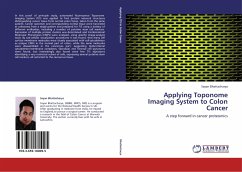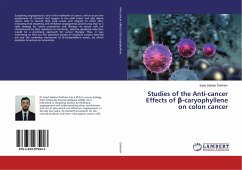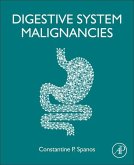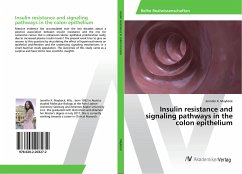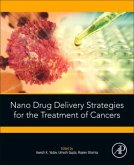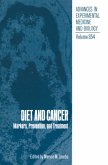In this proof of principle study, automated fluorescence Toponome Imaging System (TIS) was applied to find protein network structures distinguishing cancer tissue from normal colon tissue, taken from the same patient. Cancer specimen and corresponding normal tissue were harvested at colectomy from a single patient and prepared for TIS using a battery of different antibodies, including a number of putative stem cell markers. Expression of multiple protein clusters was determined and Combinatorial Molecular Phenotypes (CMPs) were analysed, using specific image-analysis tools. By sub-cellular visualization procedures it was found, that many cell surface membrane molecules were closely associated with cell-cytoskeleton as unique CMPs in the normal part of colon, while the same molecules were disassembled in the cancerous part, suggesting dysfunctional cytoskeleton-membrane complexes. Glandular and Stromal cell signatures were found, but interestingly also found were few TIS signatures identifying a very restricted subset of cells, expressing several putative stem cell markers, all restricted to the cancerous tissue.

